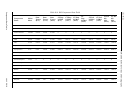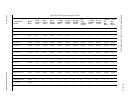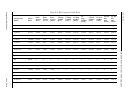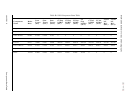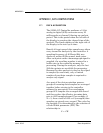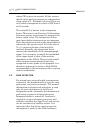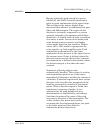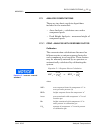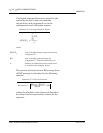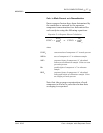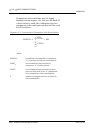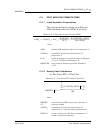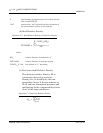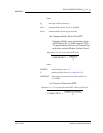
C-4 DATA COMPUTATIONS
MON2000
Peak Detection JULY 2010
The zero reference line will, in general, be non-
horizontal and thus compensates for any linear
drift in the system from the time the peak
sequence starts until it ends. In a single peak
situation, peak area is the area of the
component peak between the curve and the
zero reference line. The peak height is the
distance from the zero reference line to the
maximum point on the component curve. The
value and location of the maximum point is
determined from quadratic interpolation
through the three highest points at the peak of
the discrete valued curve stored in 2350A. This
interpolation technique is used both for peaks
as well as valleys (minimum points) in fused
peak sequences. In the latter case, lines are
dropped from the interpolated valley points to
the zero reference line to partition the fused
peak areas into individual peaks. The use of
quadratic interpolation improves both area and
height calculation accuracy and eliminates the
effects of variations in the integration factor on
these calculations.
While calibrating, the controller may run
several analyses of the calibration stream.
Using entries from an example program, five
analyses would be run. Since only the last three
are to be averaged, data from runs one and two
are not saved. Results are stored on the third
run. Data from runs four and five are added to
that stored for run three.



